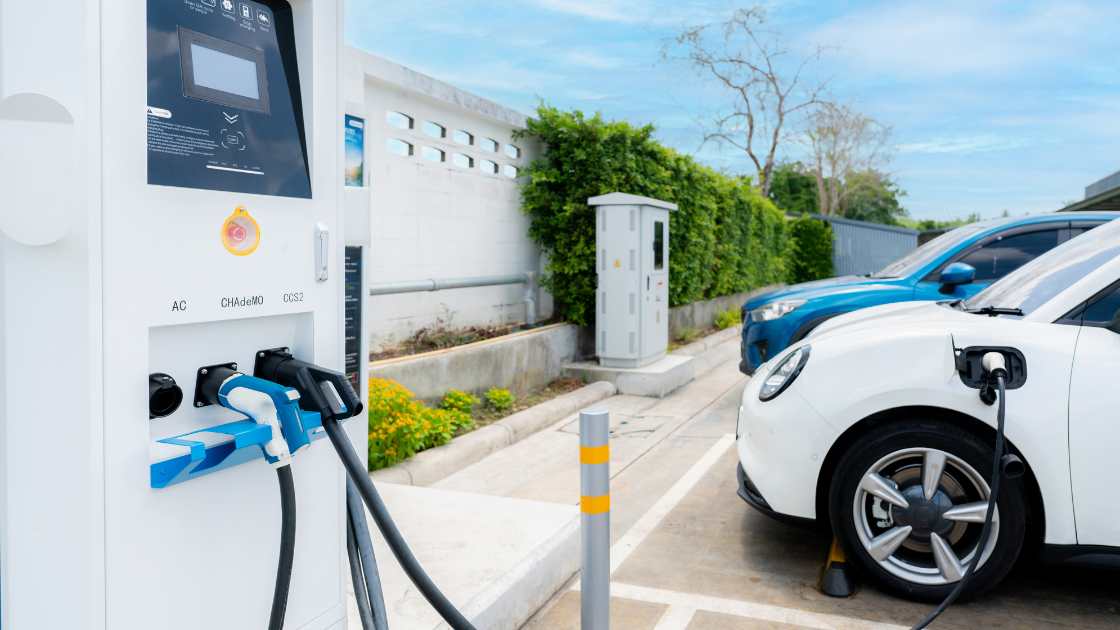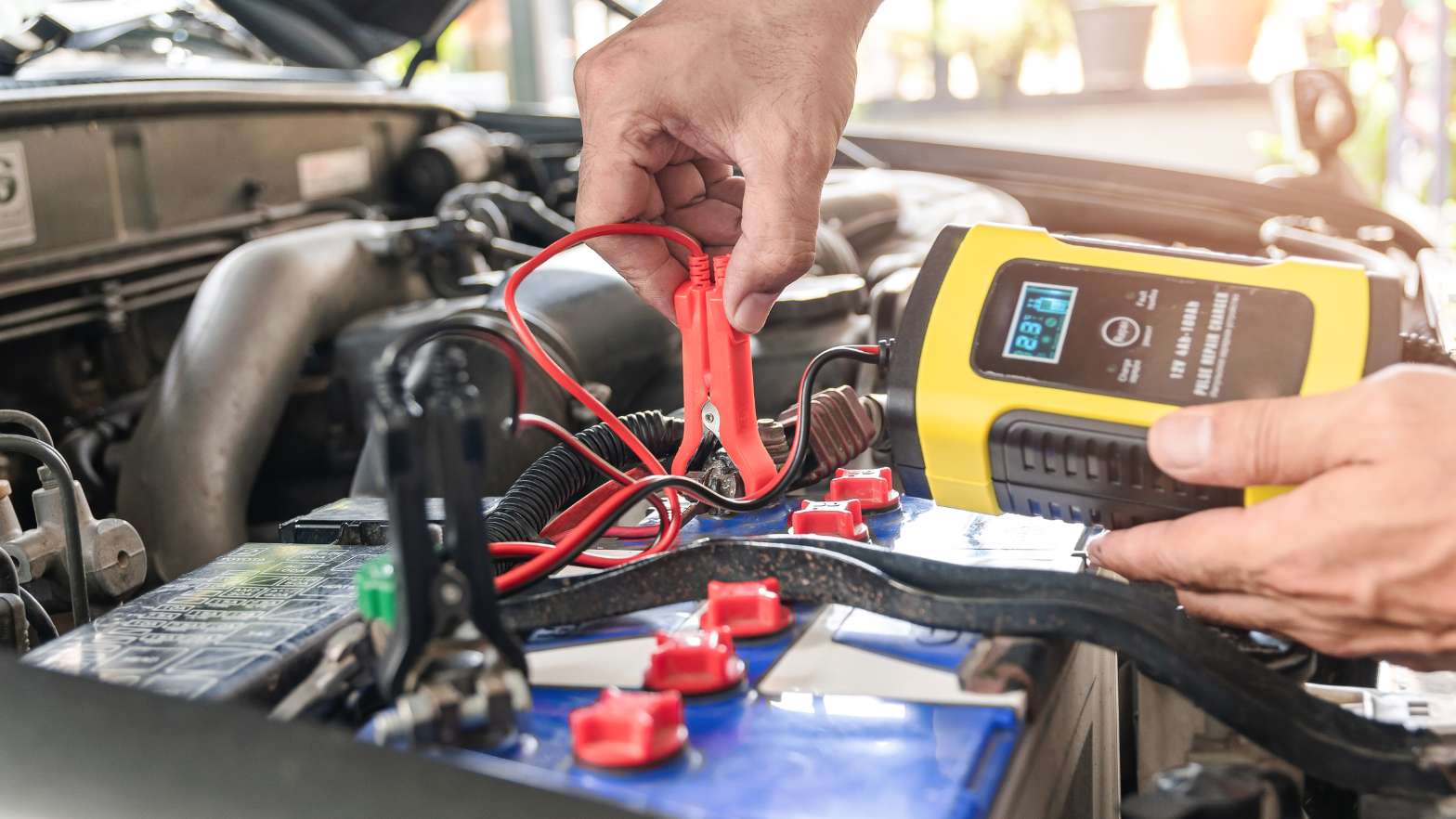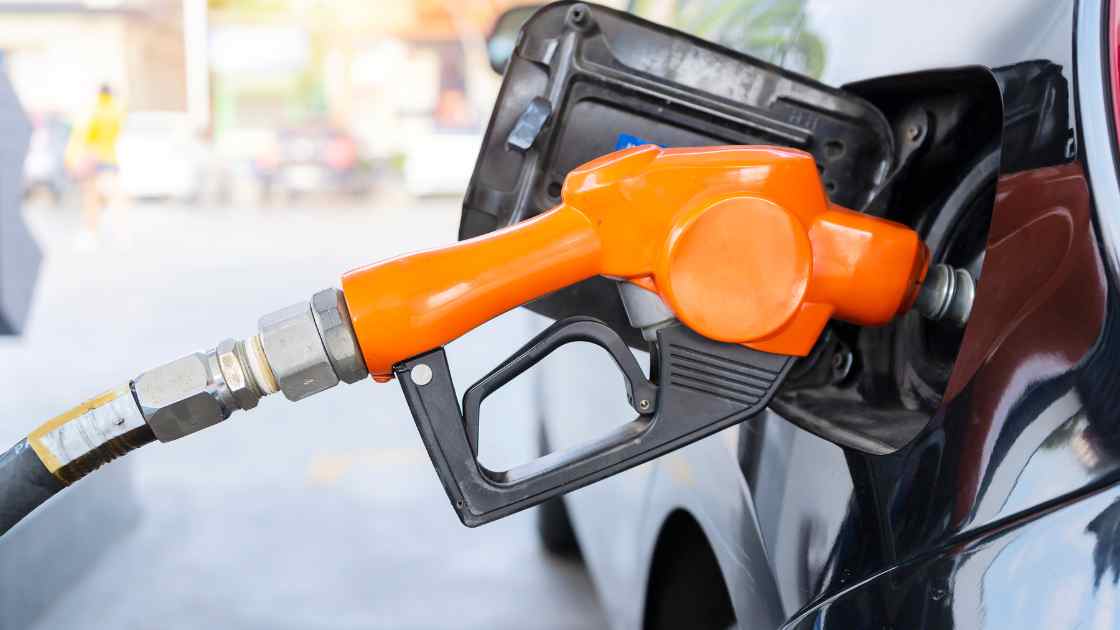Block heaters are essential tools for anyone living in regions with frigid winter temperatures. They help keep your vehicle’s engine warm and prevent cold-start issues, ensuring a smoother and more efficient operation during the colder months. However, the question of how long to plug in a block heater can be a common concern for many drivers. In this article, we’ll provide you with some valuable insights and tips on determining the optimal duration for plugging in your block heater to ensure your vehicle is ready to go in cold weather.
Here are 3 Valuable Tips for Finding the Ideal Plug-in Duration for Your Block Heater
Understanding the Block Heater’s Function
Before delving into the recommended duration for using a block heater, it’s essential to understand how these devices work. Block heaters are typically installed in your vehicle’s engine block and are designed to warm up the engine coolant. This, in turn, helps maintain a moderate engine temperature even in freezing conditions.
Here’s how a block heater functions
Heating the Engine Coolant:
When plugged in, the block heater heats the engine coolant, which circulates through the engine and the radiator. This prevents the coolant from freezing, allowing it to flow smoothly and warm up the engine.
Improving Oil Flow:
The block heater also warms the engine oil, reducing its viscosity in cold weather. This helps the oil flow more easily through the engine’s moving parts, minimizing wear and tear during startup.
Easier Startups:
By maintaining a warm engine, block heaters make it easier for your vehicle to start in cold weather. This reduces strain on the battery and starter motor and minimizes the risk of engine damage caused by cold-start conditions.
Factors Influencing the Duration
The optimal duration for plugging in your block heater can vary based on several factors. Here are the key considerations:
Temperature:
The colder the weather, the longer you should leave the block heater plugged in. In extremely cold climates, it may be necessary to plug in the block heater for several hours or even overnight.
Vehicle Type:
The type of vehicle you drive can also impact the duration. Smaller cars may warm up faster than larger trucks or diesel-powered vehicles. Consider your vehicle’s size and engine type when determining how long to use the block heater.
Block Heater Wattage:
Block heaters come in various wattage ratings. Higher wattage heaters can heat the engine faster, so the duration may be shorter compared to lower wattage heaters.
Personal Preference:
Some drivers prefer to plug in the block heater for a shorter time to save energy, while others may prioritize the warmest possible start and opt for longer durations.
General Guidelines for Plug-in Duration
While the specific duration for using a block heater can vary, here are some general guidelines to help you determine how long to keep it plugged in:
Mild Cold (0°F to 20°F or -18°C to -6°C):
Plugging in the block heater for 2 to 4 hours before starting your vehicle is usually sufficient in moderately cold conditions.
Extreme Cold (-20°F or below or -29°C or below):
In extremely cold weather, consider plugging in your block heater overnight or for at least 6 to 8 hours before you plan to start your vehicle.
Diesel Engines:
Diesel engines often require longer block heater use in colder weather. It may be necessary to plug them in for 8 hours or more in severe cold.
Trial and Error:
It may take some experimentation to find the optimal duration for your specific vehicle and local climate. Pay attention to how well your vehicle starts and adjust the duration accordingly.
FAQs
How long should I plug in my block heater in cold weather?
The optimal duration for plugging in your block heater in cold weather depends on several factors, including the outside temperature, your vehicle type, and the block heater’s wattage. As a general guideline, in mild cold conditions (around 0°F to 20°F or -18°C to -6°C), plugging in the block heater for 2 to 4 hours before starting your vehicle is usually sufficient. In extremely cold weather (below -20°F or -29°C), consider leaving it plugged in overnight or for at least 6 to 8 hours before you plan to start your vehicle. Diesel engines often require longer block heater use in severe cold, sometimes up to 8 hours or more.
Can I overuse a block heater?
Block heaters are designed to be used for extended periods, and they have built-in thermostats to prevent overheating. Therefore, it’s unlikely that you will overuse a block heater by following the recommended guidelines for your specific conditions. However, it’s important to be mindful of energy consumption. Extended use of a block heater can contribute to higher electricity costs. To strike a balance between warmth and energy efficiency, you may want to consider using a timer or smart plug to automate the heating process, ensuring the block heater is active only when needed.
Are there any risks associated with leaving a block heater plugged in for too long?
Leaving a block heater plugged in for an extended period, such as 24 hours or more, may not be necessary in most situations and can lead to increased energy consumption. While modern block heaters have safety features to prevent overheating, it’s a good practice to follow recommended usage guidelines to avoid unnecessary energy consumption and potential wear on the heater. It’s also essential to ensure that the block heater is in good working condition and that the electrical cord and connections are not damaged to minimize any potential risks associated with prolonged use.
Conclusion
In cold winter climates, a block heater can be your best friend when it comes to ensuring your vehicle starts smoothly and operates efficiently. Understanding the factors that influence the duration of block heater use, such as temperature, vehicle type, and personal preference, is crucial. By following these guidelines and adapting them to your specific circumstances, you can make the most of your block heater and enjoy a more comfortable and reliable driving experience during the winter months.

Jeff Gordon is an accomplished writer with expertise in the basics of car accessories. With a keen eye for detail, Jeff has established himself as an authority on the subject, with a passion for all things automotive. Based in Jasper, Jeff is dedicated to providing readers with the information they need to make informed decisions when it comes to their car accessories.






